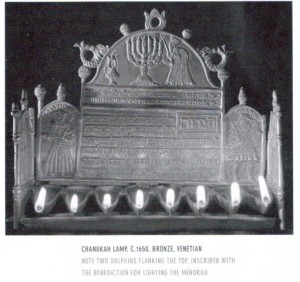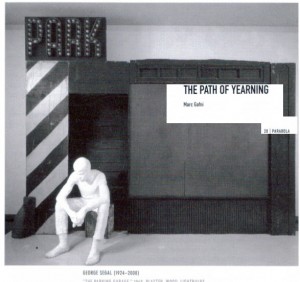Enlightenment of Fullness: The Great Mystery of Longing and the Tears of Union
From “The Path of Yearning” by Dr. Marc Gafni (Parabola Magazine, Summer 2006).
 In the world of Chassidut, all service begins with longing. But the Chassidim understood the great mystery of longing: that in relationship to God and to the God within, longing at some point collapses into union. One of the mystical techniques which I have tried to reclaim from the ancient sources that expressed this reality is crying. Crying, which acknowledges the chasm of separation and distance between ordinary consciousness and the realization of source. However, when we enter the distance deeply enough it always gives way to intimacy. Separation and alienation from within themselves become union and embrace.
In the world of Chassidut, all service begins with longing. But the Chassidim understood the great mystery of longing: that in relationship to God and to the God within, longing at some point collapses into union. One of the mystical techniques which I have tried to reclaim from the ancient sources that expressed this reality is crying. Crying, which acknowledges the chasm of separation and distance between ordinary consciousness and the realization of source. However, when we enter the distance deeply enough it always gives way to intimacy. Separation and alienation from within themselves become union and embrace.
We begin with longing. We give expression to that yearning in tears. Ultimately, the promise of divinity is that the crying of longing will become the crying of union. The transformation of the crying of longing to the crying of union is part of the Tikkun, the “fixing” of tears. And this is the very process of redemption itself.
In the Chassidic court of Menachem Mendel of Kotz, teacher of my teacher, Mordechai Lainer of Izbica, at the third Shabbat meal there was a man who would walk behind the disciples to check their eyes. He would reach his hand around their back and touch their cheeks to see if tears were streaming from their eyes. If they were not crying, they were asked to leave. This is the crying of longing. A core practice which I do regularly with my students is the intense meditative focus in on songs of yearning and desire. This is a very deep spiritual technique which is very different form the “I am” meditations of Kabbalah and Buddhism. In this practice we allow ourselves to step into the full experience of the separation. We allow ourselves to feel the great distance between ourselves and the fullness of divine reality. We step fully into our longing for realization, enlightenment, and redemption. We allow ourselves to stay in the emptiness and to feel our pain. Not merely our individual pain, however. Rather we feel the pain of the Shekhina in exile. This is called in Kabbalah “the meditation on the pain of the Shekhina in exile.”
In Tibetan Buddhism, albeit in an entirely different–nontheistic–context, this is an important part of the Tonglin meditation, in which one breathes in the pain of existence and breathes out infinite light and love. The point of the mystical technique of the crying of yearning, which is core to the Seudah Shlishit on Shabbat and core to our spiritual practice at Bayit Chadash, is not to stay in the superficial emptiness. Rather, through the longing expressed in the tear, we enter the great tear, the rent in the Kosmos. But, at some point, if we can avoid the temptation for superficial fulfillment and genuinely remain in the emptiness, the superficial emptiness gives way to Ayin, to Sunyatta, to the deeper emptiness which is empty of anything superficial and filled with the ultimate embrace of fulfillment and love. Crying of yearning gives way to crying of union. The separation itself–in its very depths–is revealed as but another disguise for union. The alienation magically gives way to total and utter merging.
The above text is excerpted from an article by Dr. Marc Gafni entitled “The Path of Yearning.” This article originally appeared in Parabola magazine in the summer of 2006. Click the image below for a full .pdf version of the article.









